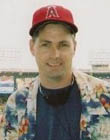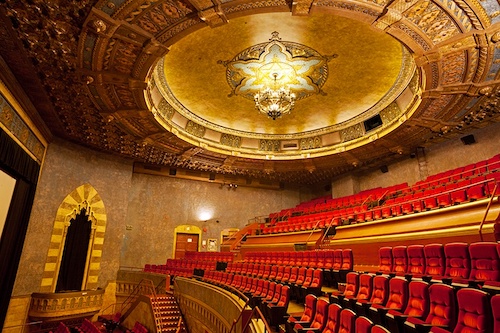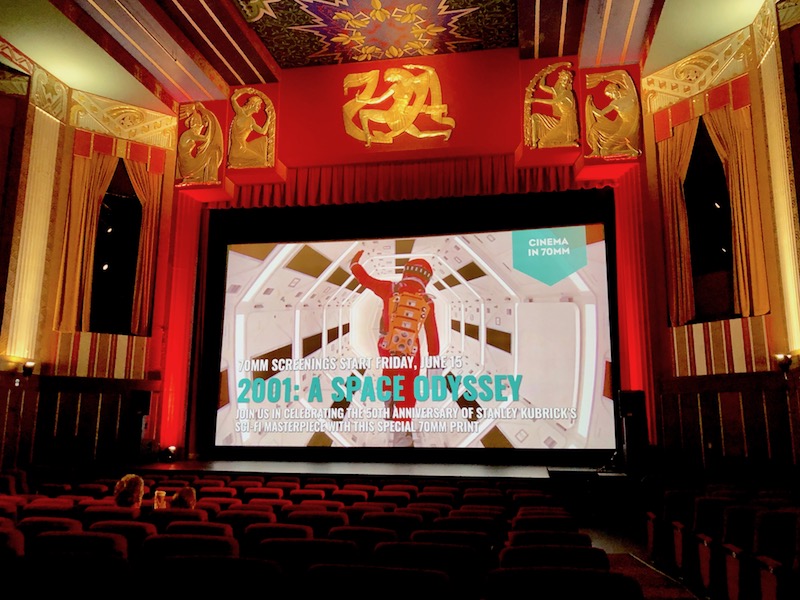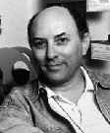|
|
This topic comprises 5 pages: 1 2 3 4 5
|
|
Author
|
Topic: 70mm 50th Anniversary 2001 A Space Odyssey
|
|
|
|
|
|
|
|
|
|
|
|
|
|
|
Martin Brooks
Jedi Master Film Handler
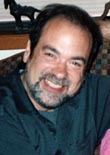
Posts: 900
From: Forest Hills, NY, USA
Registered: May 2002
|
 posted 04-11-2018 11:34 PM
posted 04-11-2018 11:34 PM





quote: Scott Norwood
Is there a consensus on whether or not City Cinemas Village East is a reputable 70mm venue?
Yes, they've played 70mm before. If it's on the main screen, which is 440 seats, it's pretty good, although I don't remember how large that screen is - I haven't been there in a few years.. The building is a former synagogue and the main screen still has much of that old architecture.
But it would have probably been better on the 70mm screen at the eWalk, which played "The Hateful Eight" in 70mm, although I haven't been there since they renovated and put in lounge seating and reduced the seat count on that screen from 490 to 204, but assuming they didn't change the screen, it's a 62' screen. Or on the "Loews" screen at the Lincoln Square.
| IP: Logged
|
|
|
|
|
|
|
|
|
|
|
|
|
|
Mark Ogden
Jedi Master Film Handler
Posts: 943
From: Little Falls, N.J.
Registered: Jun 99
|
 posted 05-12-2018 09:40 PM
posted 05-12-2018 09:40 PM




The real story on what this release is and isn't, via the NY Times.
Christopher Nolan was 7 years old when he went to see Stanley Kubrick’s classic “2001: A Space Odyssey” in London with his father. He was gobsmacked.
“You sit there and you just go, ‘This is a film that’s not observing any conventions,’” Mr. Nolan said in a phone interview from Los Angeles.
Four decades later, Mr. Nolan has himself been compared to Kubrick for a similarly meticulous approach to filmmaking and a taste for ambitious productions like “Interstellar.” He shrugs off those comparisons — Mr. Nolan said he’s just a fan — but for his latest project, he put himself directly in Kubrick’s shoes. On Saturday, he’s going to the Cannes Film Festival for the first time to screen a restored 70-millimeter print of Kubrick’s seminal work to celebrate its 50th anniversary.
But calling it a restoration, Mr. Nolan said, isn’t quite right. He prefers “unrestored.”
Mr. Nolan set out last fall to recreate the experience audiences had in 1968, allowing moviegoers today to see the epic exactly as Kubrick intended. His goal meant there would be no digital manipulation in the new version but the occasional visible scratch would be allowed to slip through. In a world of high-definition and 4K resolution, Mr. Nolan is, in effect, time-traveling to the days of analog. Think of it as listening to a classic record on vinyl, with pops and all.
Mr. Nolan has long been a passionate proponent of the 70-millimeter format. His war drama, “Dunkirk,” was shown in 70 millimeter at more than 100 theaters across the country last year. “It’s not about nostalgia,” Mr. Nolan said. “It’s a totally different way of watching a movie, and it’s in danger of being lost.”
Paradoxically, Mr. Nolan got involved in the Kubrick project when he was remastering the films in his own library last fall, digitally restoring them in 4K Ultra High Definition.
Ned Price, the vice president of restoration at Warner Bros., was working in the same lab on a similar update of “2001: A Space Odyssey.” Mr. Price asked Mr. Nolan if he wanted to see copies of the original prints, the film industry equivalent of offering a historian access to an ancient manuscript.
In 1999, as part of a preservation project, Mr. Price’s team had made an “interpositive” of the film — essentially a protection copy of the original camera negatives, made up of 20 reels tucked away in a Burbank studio. To accomplish this in less than a year, the Warner Bros. team carefully cleaned the original negatives, removed old repairs and created new interpositives. The negatives, from which the preservation copies were made, were slightly shrunken and had some color fading. That was where the work stopped. The copies of the original reels were meant only for preservation, not for distribution.
But they were still in good enough shape that an intrigued Mr. Nolan approached the studio about continuing the work that had begun almost two decades ago. He proposed taking it one step further: recreating the 1968 theatrical release. Warner Bros. readily agreed.
Mr. Price and Mr. Nolan began by making duplicate negatives and then initiated a complex method of color correction. This process required some imagining of what Kubrick would want, with prompting from the faded source material.
“If the filmmaker intended the walls to be sort of green and you try to make them white, then other things will be problematic,” Mr. Price said. “The flesh tones will go off. The whites will turn magenta. Strange things will happen. To a certain degree, you have to listen to the camera negative itself.”
There was a singular aim to view the film in its first cinematic form. Instead of fixing several tears in the original negative, the team thought it would be more authentic to retain them. The original 35-millimeter six-channel soundtrack had decayed beyond repair, so Mr. Nolan sourced audio from a 35-millimeter preservation element made in the 1980s — a format rarely, if ever, used anymore.
During the process, Mr. Nolan discovered new quirks in “2001” that even he, a fan of the movie since childhood, hadn’t noticed before. For example, when Dave Bowman, the astronaut played by Keir Dullea, deactivates the supercomputer HAL, the machine asks Bowman if he’d like to hear a song (“Daisy Bell,” from 1892.) Before the restoration (or unrestoration), Mr. Nolan thought Bowman acquiesced to break the tension. But after dozens of viewings since the fall, he has found another motive: aggression.
“He’s saying, ‘Sing it for me,’ because he wants to be sure that he’s actually killing the computer as it sings,” Mr. Nolan said. “He wants to hear it disintegrate. I just never felt that. I never spotted that before.”
That Mr. Nolan found something new after all these years is not surprising to Katharina Kubrick, the daughter of the celebrated director. She recently caught a continuity error in the film she hadn’t seen before, although she wouldn’t say what it was. She said Kubrick would have been thrilled that Mr. Nolan was putting the same care into his film that he would have.
“I think it’s awesome actually,” said Ms. Kubrick, who will appear with Mr. Nolan at Cannes. “This is a movie that’s a half-century old and the fact that people are still fascinated, arguing about it and debating it and that it influenced many directors and filmmakers is nothing short of incredible.”
Stanley Kubrick’s films never played Cannes while he was alive (he died in 1999), and so far neither have Mr. Nolan’s. “I love the idea of going for the first time with an acknowledged masterpiece of another filmmaker,” Mr. Nolan said with a laugh. “I would say that’s a low-stress way of going.”
After the newest (oldest?) version of “2001” has its premiere at Cannes, it will open in select theaters in the United States on May 18. This fall, Warner Bros. will release a 4K version of the film. But it’s the analog version — stripped to its roots — that fascinates Mr. Nolan: “What I want audiences to take away is what I took away when I was a kid seeing it.”
| IP: Logged
|
|
|
|
All times are Central (GMT -6:00)
|
This topic comprises 5 pages: 1 2 3 4 5
|
Powered by Infopop Corporation
UBB.classicTM
6.3.1.2
The Film-Tech Forums are designed for various members related to the cinema industry to express their opinions, viewpoints and testimonials on various products, services and events based upon speculation, personal knowledge and factual information through use, therefore all views represented here allow no liability upon the publishers of this web site and the owners of said views assume no liability for any ill will resulting from these postings. The posts made here are for educational as well as entertainment purposes and as such anyone viewing this portion of the website must accept these views as statements of the author of that opinion
and agrees to release the authors from any and all liability.
|

 Home
Home
 Products
Products
 Store
Store
 Forum
Forum
 Warehouse
Warehouse
 Contact Us
Contact Us




 Printer-friendly view of this topic
Printer-friendly view of this topic










